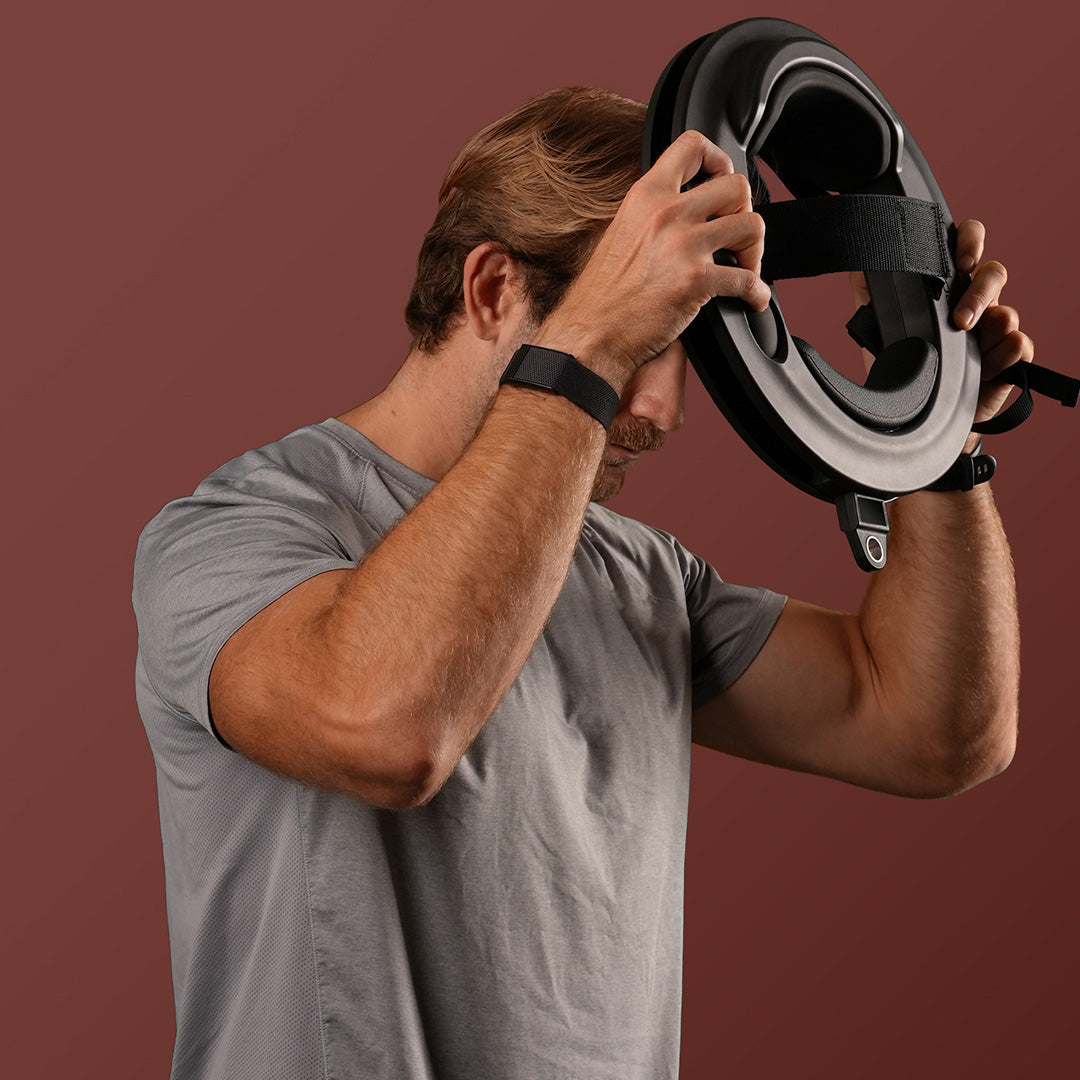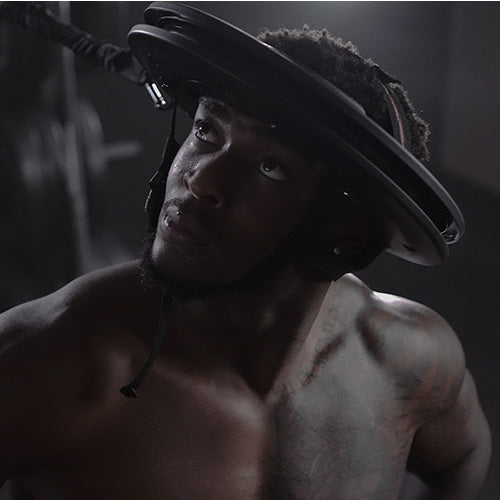The Buffalo Bills lost fewer starter-games to injury than any other NFL team in 2019. Their preparation for the AFC Championship game will turn in large part to the diagnosis and recovery of one of their opponents' starters, Patrick Mahomes.
The divisional championship games cost several teams a marquee player. The Baltimore Ravens' Lamar Jackson, New Orleans' Deonte Harris and Patrick Mahomes all left their respective games with concussions or neck injuries. Jackson and Mahomes came off to undergo the NFL's concussion protocol, while Harris's night ended with a neck injury early in the game.
Mahomes' injury caused the most speculation for several reasons. First, he's Patrick Mahomes. Second, of the three injured players, he's the only one with a conference championship next weekend. Finally, and most importantly, he looked immediately and dramatically affected by the hit "despite" - note those quotes - not taking a hit to the head.
Concussions Are Brain Injuries, Not Head Injuries
If there's one talking point about concussions we'd like to be done with, it's that concussions only happen when something impacts the head (or the head impacts something, like the ground, as in Lamar Jackson's case). Concussions are not a head injury. They are a brain injury.
Concussions are the results of the brain impacting the skull and/or twisting and tearing within the brain. Trauma to the head is the obvious case, but trauma to the body can have the same effect. When people compare a hard tackle to being "hit by a truck," they're saying more than they may know. A hit on a playing field can cause a concussion the same way a car accident can: through whiplash. When the force of the trauma radiates from the impact site throughout the person's body, it can overwhelm the muscles of the neck - that thin, gangly bridge between a solid torso and a top-heavy head - and send the brain pinging around its own protective shell.
So if anyone wants to speculate about whether a player suffered a concussion, they can't say, "He didn't take a shot to the head and his head didn't bounce off the ground, so...." No. Monday morning MD's have to move beyond looking at what happened to the head and think about what might have happened to the brain.
Patrick Mahomes May Have A Concussion From Trauma To His Neck
Taking the "brainy" approach would have saved us all from some bad takes in the 24 hours following the Chiefs game.
Mahomes showed the classic symptoms of brain trauma in the moments after the hit: loss of balance and postural control, muscle weakness and a dazed look in his eyes. His coaches and the referees instantly recognized that they had to begin concussion protocols. But 24 hours of slow-motion replays juxtaposed with video of Mahomes jogging into the locker room later, people started speculating about everything from a "nerve tweak" to him having been "choked out."
As we're writing this, no actual diagnosis has been released, and Mahomes remains subject to the NFL's concussion protocols. Whatever the doctors determine, nothing can be ruled out simply because Mahomes' neck - and not his head - was the site of the external trauma. The multidimensional forces applied to Mahomes neck and the speed at which they changed could have caused the brain to collide with the skull - the basis of a concussion.
Developing Neck Strength Can Protect The Brain From Impact
The three injured players - Mahomes, Harris and Jackson - may represent a continuum of sorts. Jackson experienced one of the classic causes of a concussion: a heavy hit that caused his head to bounce off the ground. Mahomes may have suffered a concussion via trauma exclusively to the neck. And Harris injured his neck without any effect on the brain.
The common factor in all three is the neck.
Neck strength was identified as a predictor of concussion risk in a large study of high school athletes in 2014. Since then, studies with athletes in a variety of sports have shown that various aspects of neck strength correlate with incidence of concussion.
There is a growing consensus that developing the musculature of the neck can help protect athletes from concussions or reduce the severity of concussions by controlling the amount of force transmitted to the head to jar the brain. The NFL itself recognizes the potential for neck training, having selected Iron Neck as a finalist for their 1st and Future Competition in conjunction with the Texas Medical Center.
Reducing Concussions And Man-Games Lost Is A Team Effort
Injuries cost NFL team hundreds of man-games and hundreds of millions of dollars each year. The NFL has directed much of their injury prevention efforts towards concussions over the last five years. The incidence of concussions dropped from over 160 in each of 2015, 2016 and 2017 to 127 and 136 in 2018 and 2019, respectively. That decline came amidst more conservative criteria for diagnosing concussions and stricter rules and scrutiny around reporting.
Reducing injury risk for concussions starts in the gym and on the training ground, just like any other injury. Coaches and athletes who take the time to develop their necks with attention they develop the rest of their bodies will perform at higher levels more consistently, miss fewer games and may avoid the long-term harm of repeated concussions.
If just one athlete stays healthy for a single game that he would otherwise miss due to concussion, whatever time and money his team invested in neck training will generate multiples in return. Just ask the Kansas City Chiefs what having Patrick Mahomes fully fit on Sunday would mean to the team.











